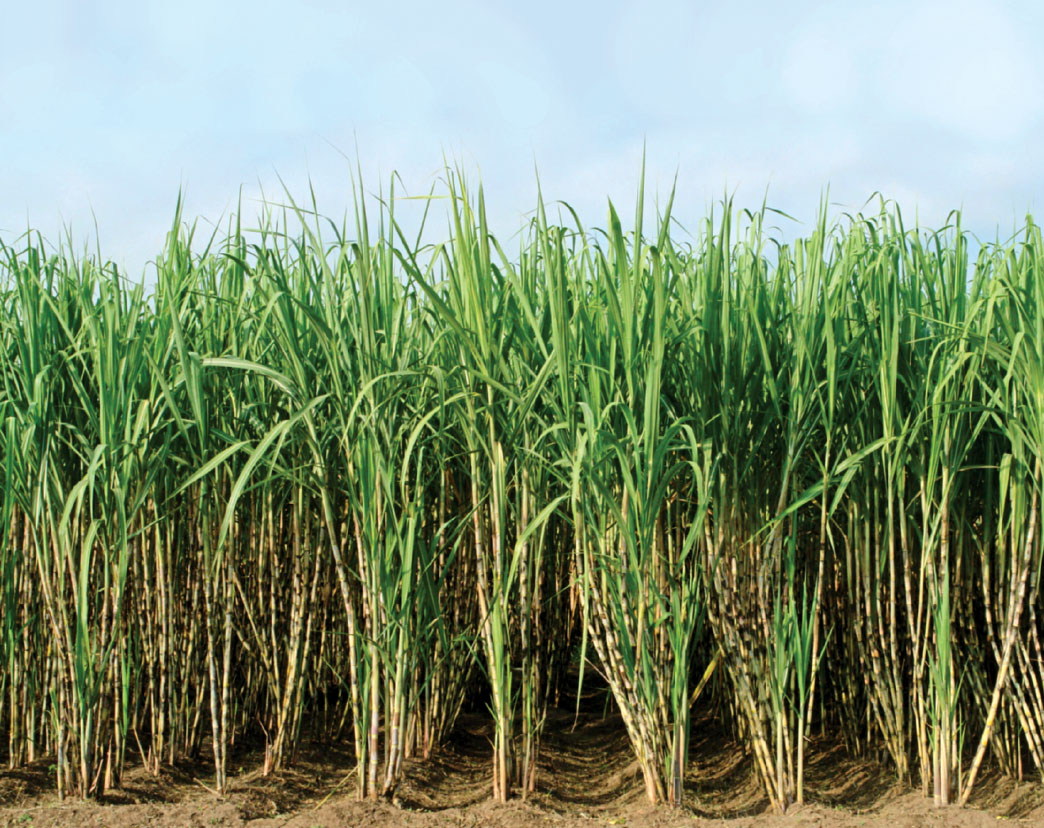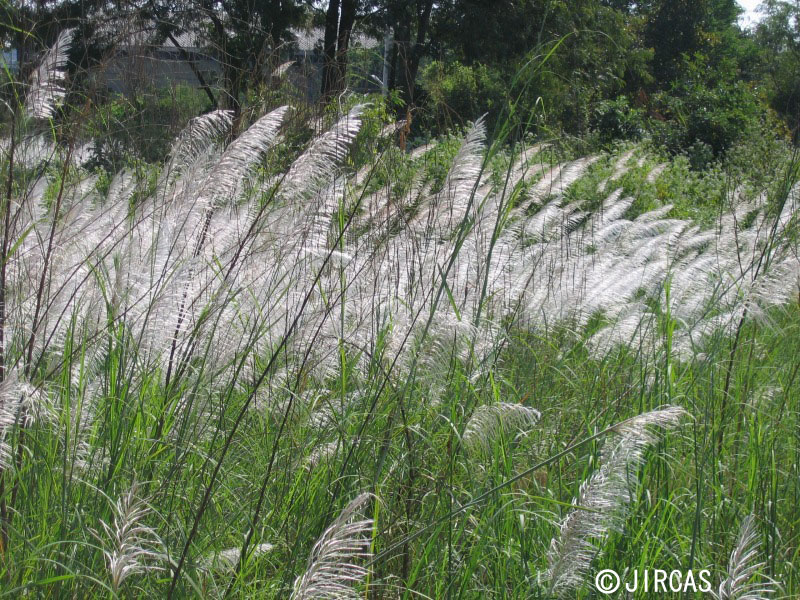Species of sugarcane
- Sugarcane is known by the scientific name Saccharum officinarum L
- The Saccharum genus comprises six species: S. spontaneum , S. robustum, Saccharum officinarum, S. edule, S. sinense and S. barberi
- Saccharum officinarum, S. sinensis and S. barberi are the three main cultivated species of sugarcane
- spontaneum and S. robustum are the wild species which are used for breeding and research study only
- edule is cultivated as vegetable
- sinensis and S. barberi are thought to be ancient intergeneric hybrid
a. Saccharum officinarum (2n=80)
- It is an octapolyploid (having eight copies of each chromosome)
- It is also called “noble cane”, most common species
- These are stout, soft, thick as well as thin and have luxuriant growth habit
- These canes are thin and juicy & are good for chewing purpose
- They have higher percentage of sucrose than Desi (local) varieties, low fiber and produce high tonnage
- These are resistant to smut, but are susceptible to red-rod and mosaic diseases
- The clones are high susceptible to moisture stress, low temperature, saline, alkaline and water logged condition
- At present they are grown for chewing purpose
- These are less suitable for factories where bagasse (fibre after extraction from cane) is used for fuel purpose

b. Saccharum sinense (2n =111 to 120)
- This is also known as “Chinese cane”
- This species are indigenous to north-eastern India or south east China
- They are characterized by long and narrow leaves & long and thin stalks
- Internodes of these canes are long and more or less zig-zag and nodes are prominent
- Sugar content is low to medium and early maturity
- Stems have high fiber content and yield poor quality juice than S. officinarum
- The clones are susceptible to moisture stress condition and red rot disease but resistant to mosaic disease

c. Saccharum barberi (2n =80 to 124)
- This species derives its name from S/C scientist Dr. C.A. Barber of India
- It is known as “Indian species”
- This species is also indigenous to north-eastern India
- Canes are characterized by short and thin stalk, narrow leaves
- It has low to medium sucrose content & early maturity
- These canes are hardy, drought and frost resistant to some extent
- The clones are highly tolerant to high and low temperature, saline, alkaline and water-logged condition
- Useful for factories which use begasse as fuel due to high fibre content

d. Saccharum robustum (2n=60 or 80)
- This species are indigenous to New Guinea
- It is a wild species & grows along river banks
- It is believed to be ancestral species of Saccharum officinarum
- The stalks are long, thick and is vigorous growing perennial (upto 10 m)
- It is rich in fibre and poor in sugar content
- It not suitable for agricultural production
- It is famous for its hardiness
- It is used for fencing

e. Saccharum spontaneum (2n=40-128)
- It is also known as wild cane occurring from east asia to north africa
- The cane is very thin and short, the leaves are narrow and hard
- It is highly polymorphic, disease resistant, vigorous species
- This species is useful for evolving hybrid varieties particularly to obtain disease and stress resistant types
- It has high fibre with low sugar content (2-10%)
- It is distinguished from cultivated saccharum by thinner canes & narrow inflorescence

f. Saccharum edule
- It is morphologically similar to Saccharum robustum but it’s inflorescence is compacted
- It is cultivated as vegetable in island of pacific & Papua New Guinea
- Compacted inflorescence eaten as vegetable Species

|
Classification |
Sugar content |
Chromosome no. |
|
S. officinarum (Noble canes) |
high |
2n=80 |
|
S. sinensis (Ancient hybrid_ |
Low |
2n=111-120 |
|
S. barberi (Ancient hybrid) |
Low |
2n=80-124 |
|
S. robustum (Wild species) |
Very low |
2n=60 or 80 |
|
S. spontaneum (Wild species) |
Very low |
2n=40-128 |
|
S. edule (Cultivated species) |
Low |
2n=60 &80 |